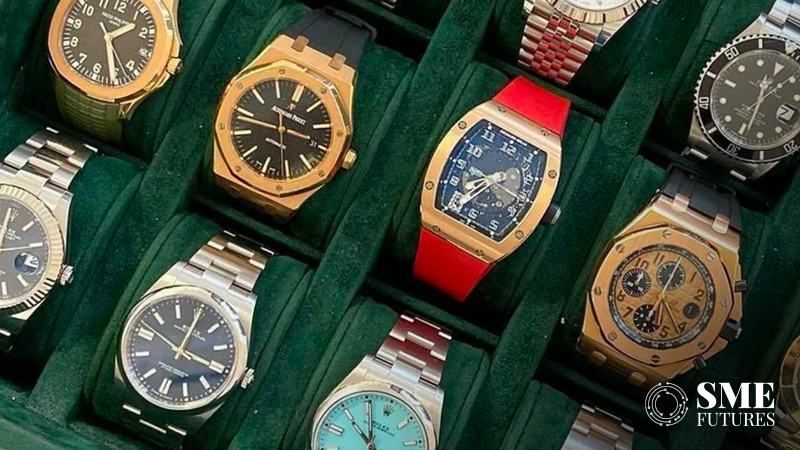The Income Tax Department recently implemented a 1% New Tax Rule Alert Collected at Source (TCS) requirement for all purchases exceeding ₹10 lakh of luxury items. A notification issued by the Income Tax Department on April 22, 2025, provided official clarification about the provision that emerged first during Union Budget 2024-25.
The taxation policy especially affects consumers who purchase luxury goods exceeding ₹10 lakh, who must now pay 1% TCS to the selling retailer.
Also check:- Aman Gupta Reacts to BluSmart Fraud: “Ethics Over Growth—Never Forget Childhood Lessons”
What Items Will Now Attract 1% TCS?
The Income Tax Department issued a notification that mandates sellers to obtain 1% TCS from luxury item buyers when the items exceed ₹10 lakh in value.
- Wristwatches
- Designer handbags and purses
- Artworks including paintings, sculptures, antiques
- Collectibles such as rare coins and stamps
- Yachts, rowing boats, canoes, and helicopters
- Sunglasses and other luxury eyewear
- Luxury footwear
- High-end sportswear and sports equipment (like ski-wear and golf kits)
- Home theatre systems
- Horses for racing or polo
The tax collected at source rule applies to individual priced items exceeding ₹10 lakh but does not affect monthly overall billing.
Also check:- Massive Crude Oil Discovery in Ballia: Economic Boom for India?
Why Is This Being Implemented?
The government shows its aim to implement tighter controls on expensive discretionary spending while aiming for better tax follow-up. The authorities seek to combat tax evasion through identification of luxury goods buyers by connecting their financial information to their income tax records.
From Nangia Andersen LLP , Sandeep Jhunjhunwala remarked :
“This step enhances the audit trail and strengthens the government’s ability to monitor high-value consumption. It’s a step towards transparency and broadening the tax base.”
How Will This Affect Buyers and Sellers?
For Sellers:
- The sellers of luxury goods must obtain 1% TCS from all transactions that exceed ₹10 lakh.
- The sellers must fulfill their tax collection at source reporting duties by keeping regular return submissions along with strict compliance to all applicable rules.
- The implementation requires business entities to update their payment processing systems to achieve seamless operation under the new requirement.
For Buyers:
- While the TCS is not an additional tax burden (as it can be adjusted against the buyer’s total tax liability), it still means:
- Higher upfront cost
- More scrutiny — especially for high-net-worth individuals (HNIs) who may not be reporting commensurate income.
- Enhanced KYC requirements at the time of purchase.
- Higher upfront cost
Tax consultant Alok Agrawal from Deloitte India remarked:
“The ₹10 lakh threshold exists at a high level yet will lead authorities to investigate buyers with inconsistent income declarations compared to their lifestyles.”
How Does It Fit into the Larger Tax Reforms?
This rule comes from the updated Section 206C under the 2024 Finance Act. The same Tax Collection at Source concept had been used previously for vehicles above ₹10 lakh starting January 1, 2025.
With this update, the scope has widened to other luxury categories.
Mr Munjal Almoula, BDO India’s Tax Head, commented:
“Brings much-needed clarity to sellers and buyers alike and aligns with global trends towards greater tax transparency.”
What Should You Do as a Buyer?
To buy luxury goods exceeding ₹10 lakh, you need to maintain extensive transaction documentation because tax authorities will probably inspect your records. A valid PAN should be linked to your tax profile for both parties to achieve effortless tax compliance during verification procedures.


